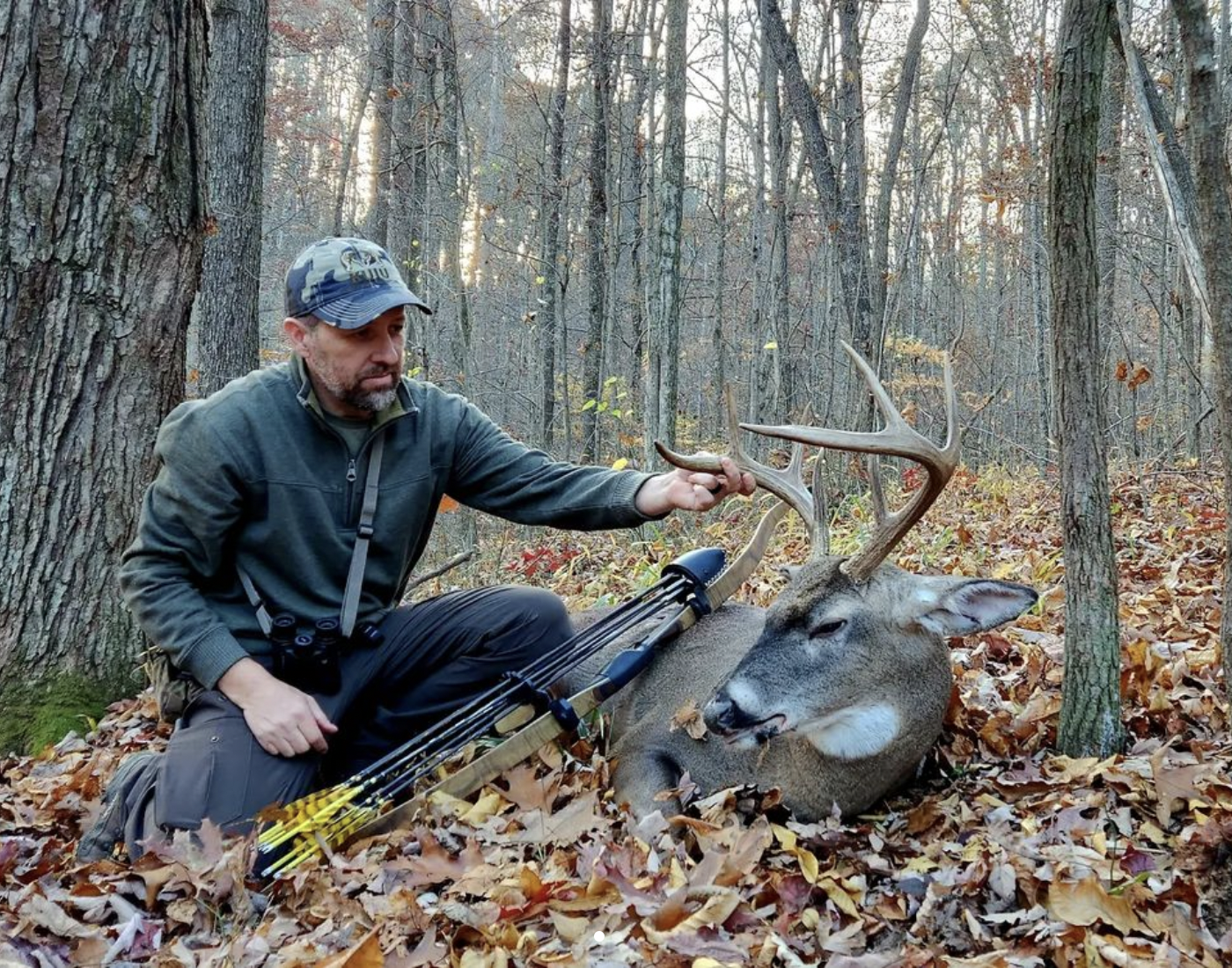Article by: Nathan Killen
Keep It Simple, Stupid! There are no shortcuts to success, but today we complicate things way more than necessary. Staying true to certain principles and adjusting to conditions and circumstances, coupled with hard work and dedication, will always produce consistent results. Hunting whitetails also falls right into this category, especially when hunting giant whitetails. Let’s break it down!
So, what is the formula that can yield consistent success? Follow along for the K.I.S.S version.

Scout, Scout, Scout
Scout, a lot! Winter post-season scouting as well as in season scouting are both equally important. Post-season scouting will help you find tomorrow's buck, and in-season scouting will help you kill him today. Scouting for concentrations of good sign will put you in the right ballpark. Pockets of heavy sign will show you where the majority of the deer are currently using, and the presence of big sign like rubs and scrapes lets you know a mature animal is frequenting the area. Most hunters would stop right there and camp out on that sign; huge mistake! Most of that sign is made under cover of darkness as bucks check the status of the local does that frequent the area. The sign in those areas is very attractive and tempting to hunt but rarely yields encounters with older age bucks. I like to see this sign, but it's just your starting point.

Photo: Beau Martonik / Justin Mueller
Find the Big Sign, and Work Backwards
When scouting, I usually start looking in the flatter, more open areas to find this type of sign because if I know where the majority of the deer are spending their nighttime hours, there’s a good chance the local bruiser will be frequenting the area and leaving his calling cards in plain sight. Again, this is your starting point. Once I’ve found this sign, I start backtracking the sign, the big sign! In my experience, the big deer are usually back a little farther than the general population or off in a different direction. Realizing this will help you to start looking “outside the box” for regular deer activity and searching out those areas where the big deer are spending their daytime hours. Let their sign lead you back to their lair and hunt as close to it as conditions and circumstances allow.
Photo: Beau Martonik / Justin Mueller
How Much Time Should You Give A Spot?
Next is quality time spent. This may be the most challenging part of the game. Patience and determination are the best qualities a mountain buck hunter can have in his tool bucket. It takes time to have encounters with these bucks. It’s just the nature of hunting mountain whitetails. They have larger home ranges and often visit multiple pockets of does, and it can take several days for a particular buck to make his way back through. Movement can seem sluggish most days, but stay vigilant if conditions are favorable and the sign is still reasonably fresh. The best tactic is having a handful of great spots snuggled in close to known big buck hideouts and hunting them consistently in favorable circumstances considering air movement. Hopscotching around from area to area, in my experience, only hurts your chances. If you’ve scouted and found the right spots, it’s just a matter of time well spent!
So there you have the K.I.S.S version. Keeping it simple and putting forth the effort will put more bucks on your wall than a truckload of tactics. Hunting big whitetails isn’t rocket science; it’s just a matter of separating the “deer” sign from the “mature buck” sign and hunting it as often as time and conditions allow. Simple mathematics says, eventually, the equation will work out!






